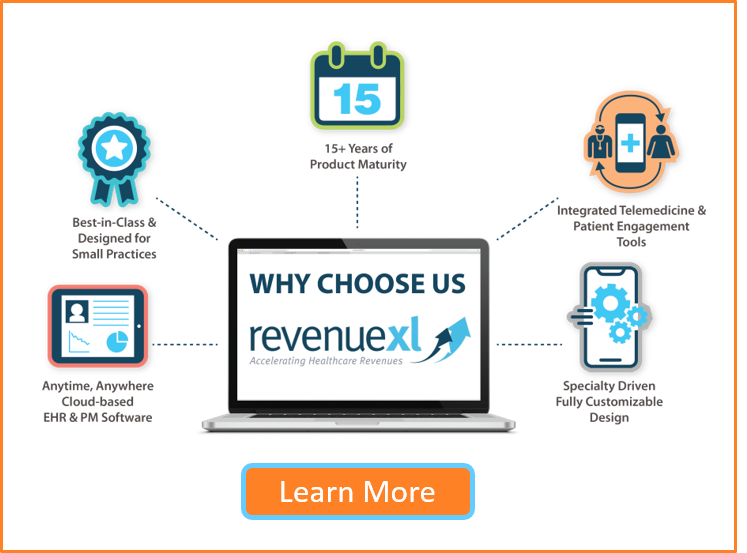Tips for Smooth Transition to EHR Software
The benefits of switching to an Electronic Health Record system are clear: more accurate records, less paperwork, a reduced environmental footprint and an overall increase in productivity. In  some cases, you may even qualify for an incentive from Medicare or Medicaid when your practice implements EHR technology. However, transitioning from paper records to EHR is anything but easy. Below are five tips to help you simplify this transition as much as possible.
some cases, you may even qualify for an incentive from Medicare or Medicaid when your practice implements EHR technology. However, transitioning from paper records to EHR is anything but easy. Below are five tips to help you simplify this transition as much as possible.
1. Understand all applicable laws.
The American Health Information Management Association reports that all health records must comply with state laws, federal laws and regulations published by the Centers for Medicare and Medicaid Services. Be sure that your new system takes all of these standards into account. Failure to comply with these laws may result in legal penalties and/or lawsuits. Systems that don't meet certain standards may also be ineligible for financial incentive programs.
2. Plan your implementation in advance.
According to Carolyn P. Hartley, MLA, the primary focus of most EHR vendors is to install EHR software and train the practice's employees to use it properly. Developing an overall strategy for implementing the software across your organization is not the vendor's main goal. For this reason, you should do your best to develop a clear, comprehensive implementation plan before your chosen vendor begins the installation process. Otherwise, the process may be longer and more costly than expected.
To develop your implementation strategy, Hartley recommends conducting a workflow analysis of your billing, clinical and administrative processes. Using the information you obtain during this analysis, you can establish an adapted workflow for each of these processes that will be compatible with your new EHR system.
3. Consider the logistics.
In addition to workflow changes, you must also think about the physical aspects of the transition. According to the American Academy of Family Physicians, you should consider the following issues before you implement and EHR system:
- Networking - Before you can transition to EHR, you must ensure that outlets and Ethernet connectors are installed in all of the appropriate locations within your practice.
- Equipment - In order to make use of your new system, you will need computers that staff members can use to record patient information. Depending on your preferences, you may purchase desktop computers for each room, or you may allow staff members to carry laptops or tablets from room to room.
- Power supply - If staff members will be using laptops or tablets to access EHR software, you will need a charging station. You may also need to purchase extra equipment for staff members to use when other units are charging.
4. Integrate EHR software with other systems.
The AAFP also recommends installing EHR software that handles all of your practice's primary functions, including recordkeeping, billing and practice management. If you have already chosen a system that doesn't encompass all of these processes, or if you can't implement an integrated system immediately, consider building an interface that connects your EHR software to other systems.
5. Be prepared for obstacles.
No matter how carefully you plan your transition to EHR, you will deal with setbacks and challenges along the way. For example, even though your practice will be keeping electronic records, you may work with other institutions that still maintain paper records. In such cases, you must be prepared to upload paperwork into your electronic system, such as by scanning. Likewise, even if you spend ample time training employees to use your new system, you may still experience a decrease in productivity during the first few weeks as they grow more comfortable with their new workflows.
To smoothly transition over to your new EHR Software, contact RevenueXL today. We will ensure that your transition is hassle-free and efficiently handled.
Also read:
Implement Electronic Health Records & Save $25K in Uncompensated Work
EHR Software : The Worst Advice We've Ever Heard
5 Tips for Good Patient Engagement while Using an EHR Software
Overcoming EMR Implementation Barriers in Medically Underserved Areas
Electronic Health Records - Adoption Brings Better Referrals







